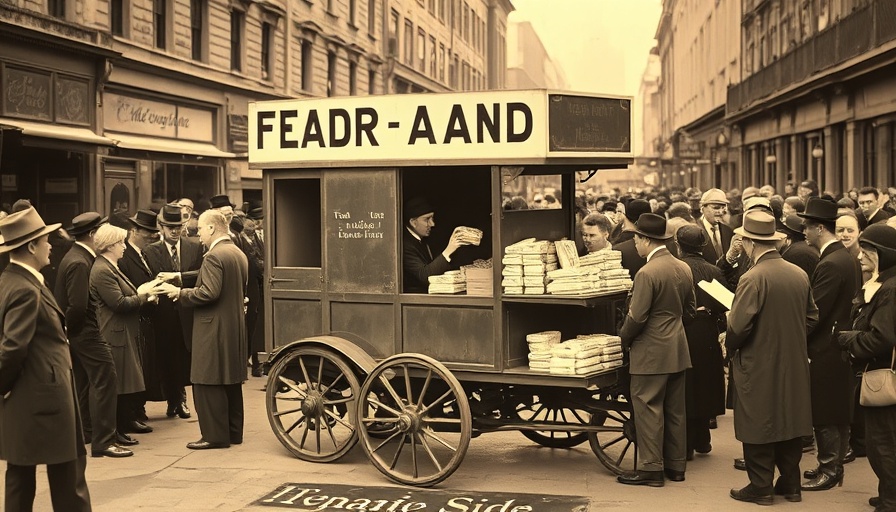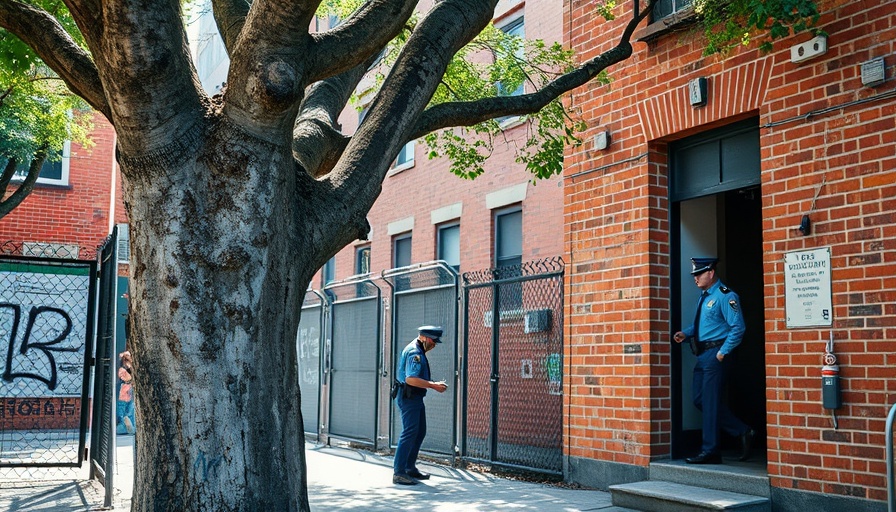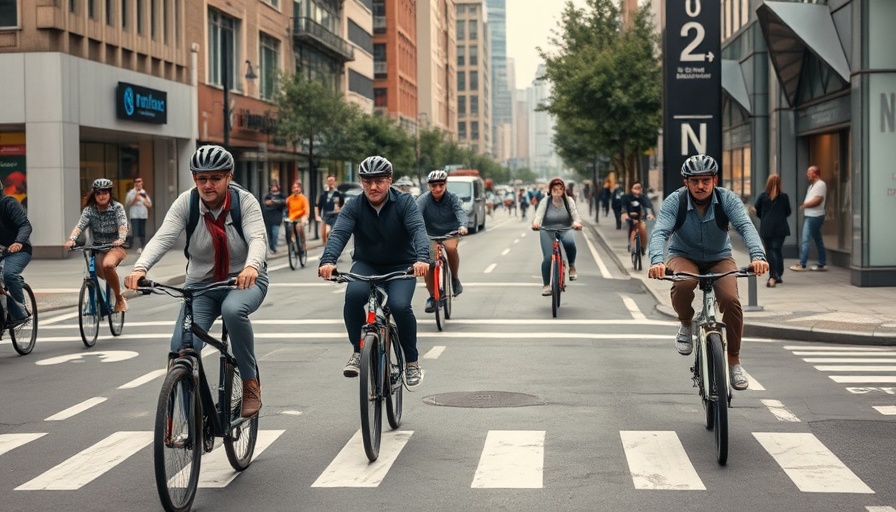
The Rise of ‘War Bread’ in New York
Amidst the backdrop of consumer hardship and resource scarcity, New Yorkers have recently seen a push towards wheat conservation reminiscent of days gone by. Street vendors and restaurants alike are championing ‘war bread’ and wheatless menus, harkening back to World Wars I and II when citizens were urged to reconcile their food habits with national needs.
A Lesson from History: The Wartime Rationing of Bread
During both World Wars, leaders encouraged the public to abandon white bread, which consumed substantial wheat resources, for loaves made with alternatives like cornmeal and rye. The campaign aimed to support troops and ensure civilian food availability. Ads from that era showcased alternative breads, often dubbed 'victory bread' or 'war bread,' coincidentally promoting a sense of patriotism. More than just a dietary shift, it became a reflection of resilience during tough times.
Wheatless Lunch Menus: A Modern Twist
Today, many eateries in New York are reviving this spirit with wheatless menus. These menus challenge consumers to revisit traditional recipes while posing ecological and nutritional benefits that align with millennial demands for sustainability. Cafés and restaurants now showcase options focusing on grains like quinoa and millet, effectively pushing the narrative that eating less wheat is not only resource-conscious but also a culinary adventure.
Navigating Taste and Tradition
Despite the patriotic allure, substitutes have met with mixed reactions from the public. Historical accounts indicate that consumers often found wartime alternatives unappetizing, likening the texture to 'sawdust.' Today's diners, while somewhat more adventurous, still exhibit skepticism towards any bread substitute perceived as inferior to the beloved white loaf.
Why This Matters Today: Food as a Communal Responsibility
The push for wheat conservation once again places food at the heart of societal cooperation. Embracing alternative bread not only helps in resource management but also represents a shared understanding of responsibility in the face of crisis. Today’s consumers, particularly professionals in high-pressure environments like law, medicine, and finance, are reexamining their roles in food sustainability through informed dietary choices.
The Local Economy's Boost through Wartime Nostalgia
NYC's embrace of ‘war bread’ extends beyond simple nostalgia; it represents an effort to invigorate local businesses. By promoting wheatless dining, restaurants hope to save costs while engaging patrons in historical awareness. The conversation surrounding these menus fosters community ties, as patrons bond over shared history and culinary exploration.
As we think back on the practice of conserving wheat, it is essential to consider how these efforts can evolve within the contemporary context. Food can unite us, creating a culture of care and solidarity. Let’s reflect on our collective culinary heritage while moving forward.
 Add Row
Add Row  Add
Add 




Write A Comment